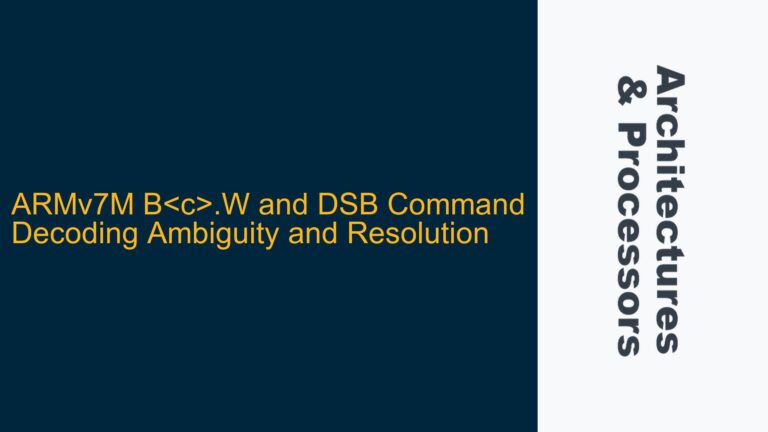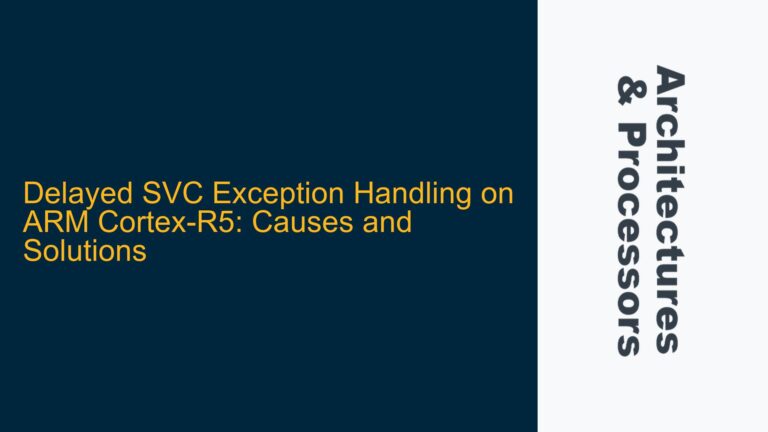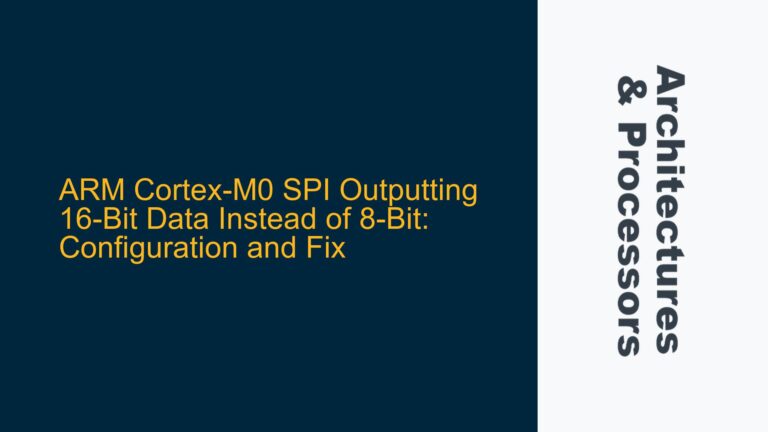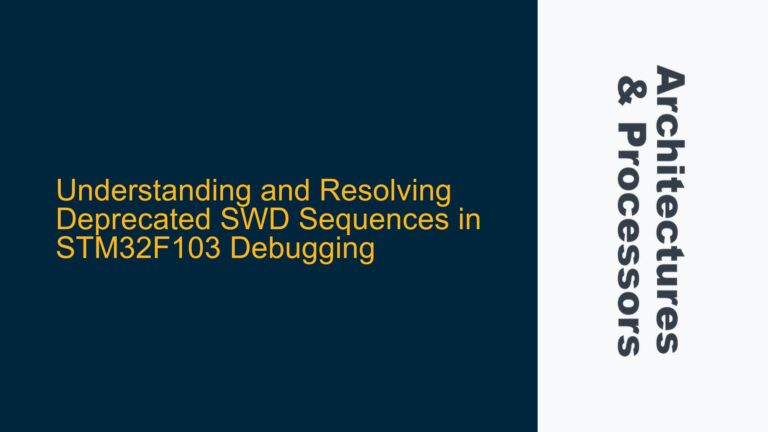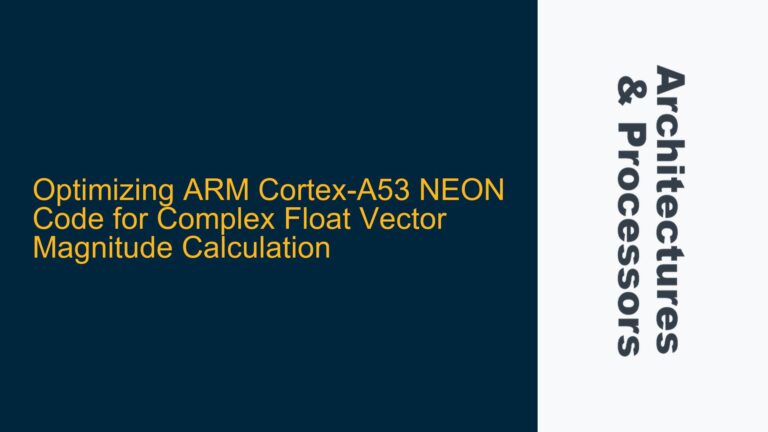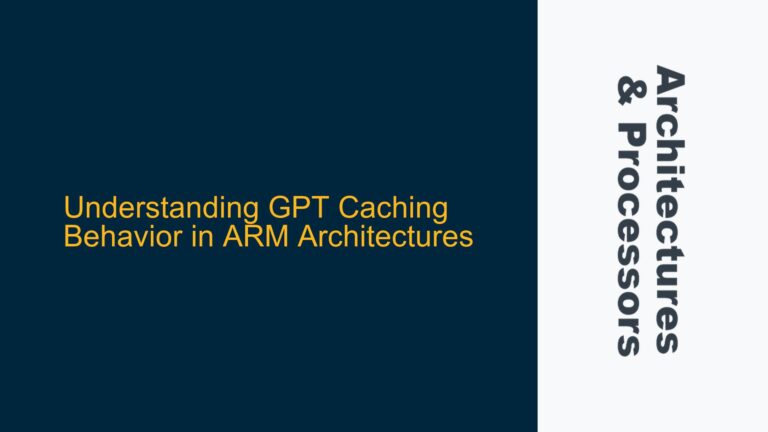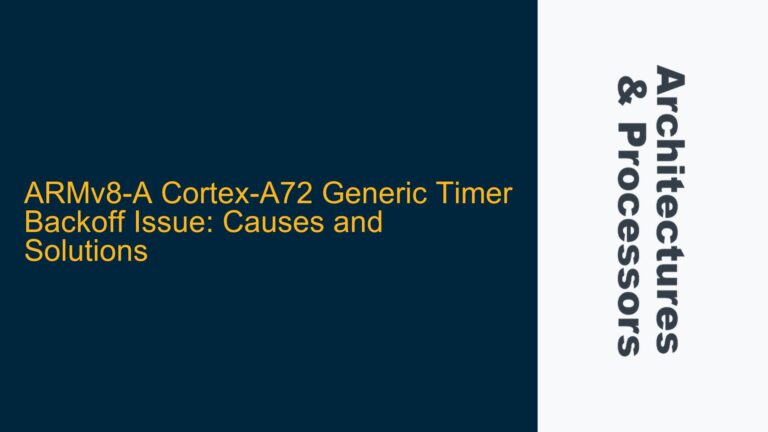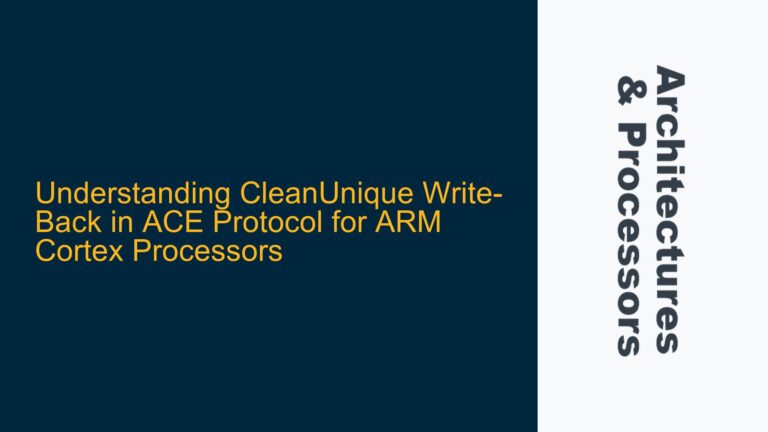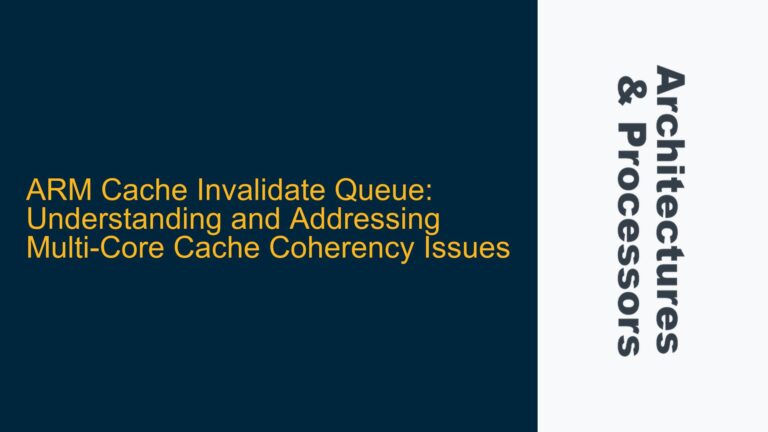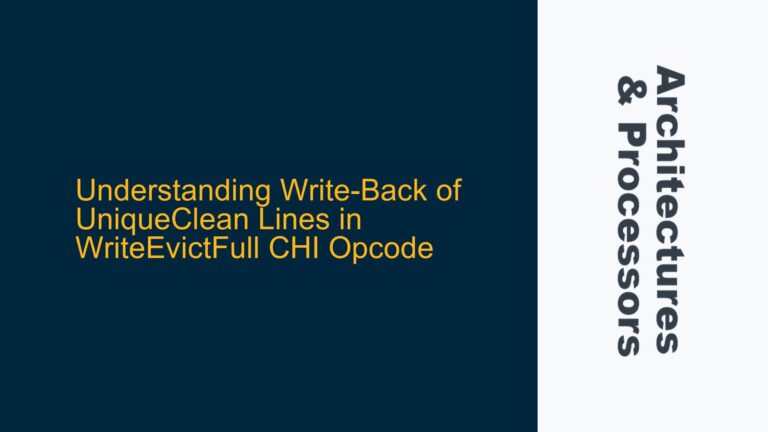ARMv7M B.W and DSB Command Decoding Ambiguity and Resolution
ARMv7M Instruction Encoding Ambiguity Between B.W and DSB In the ARMv7-M architecture, the encoding of certain instructions can lead to ambiguity when interpreting machine code. Specifically, the B<c>.W (Branch with condition, wide) and DSB (Data Synchronization Barrier) instructions share overlapping encoding patterns under specific conditions. This overlap arises due to the way the instruction set…
